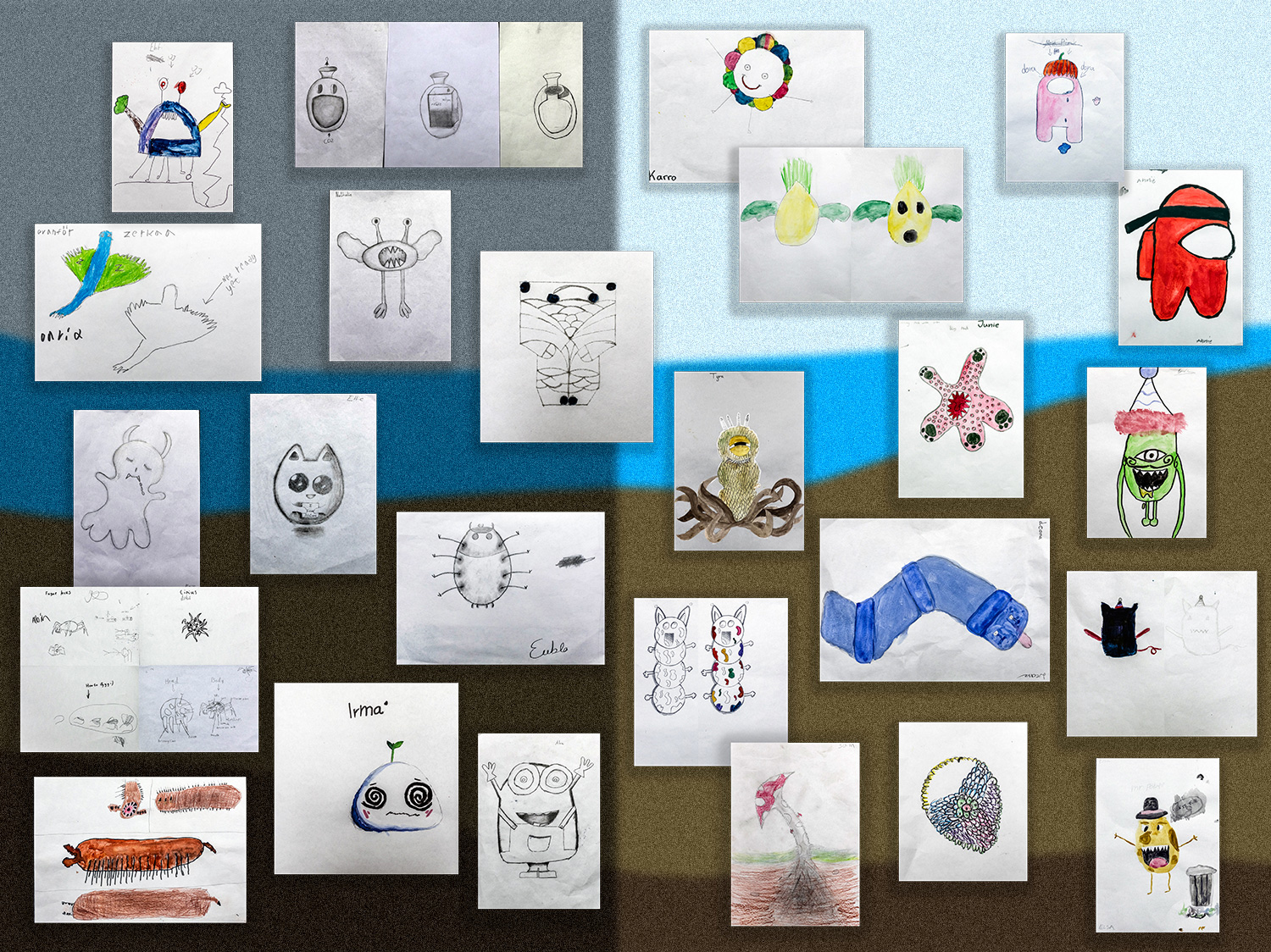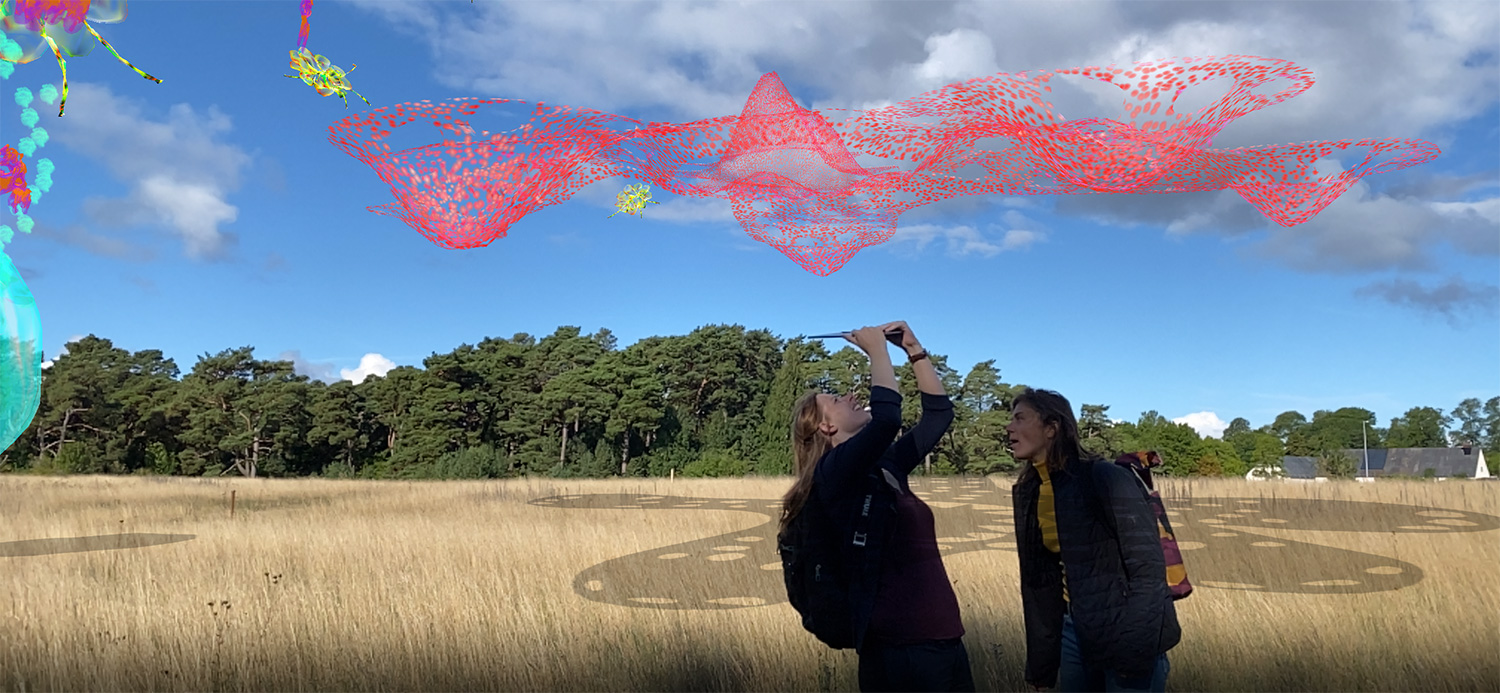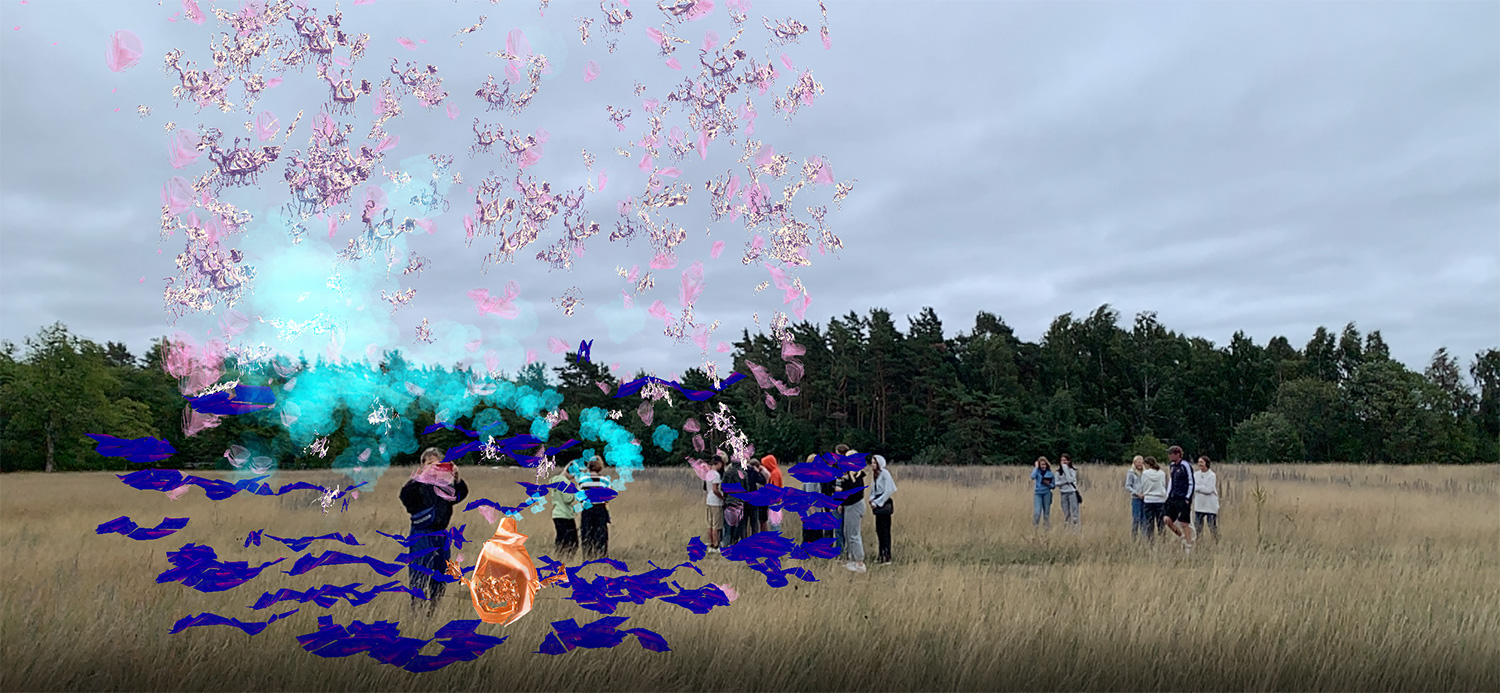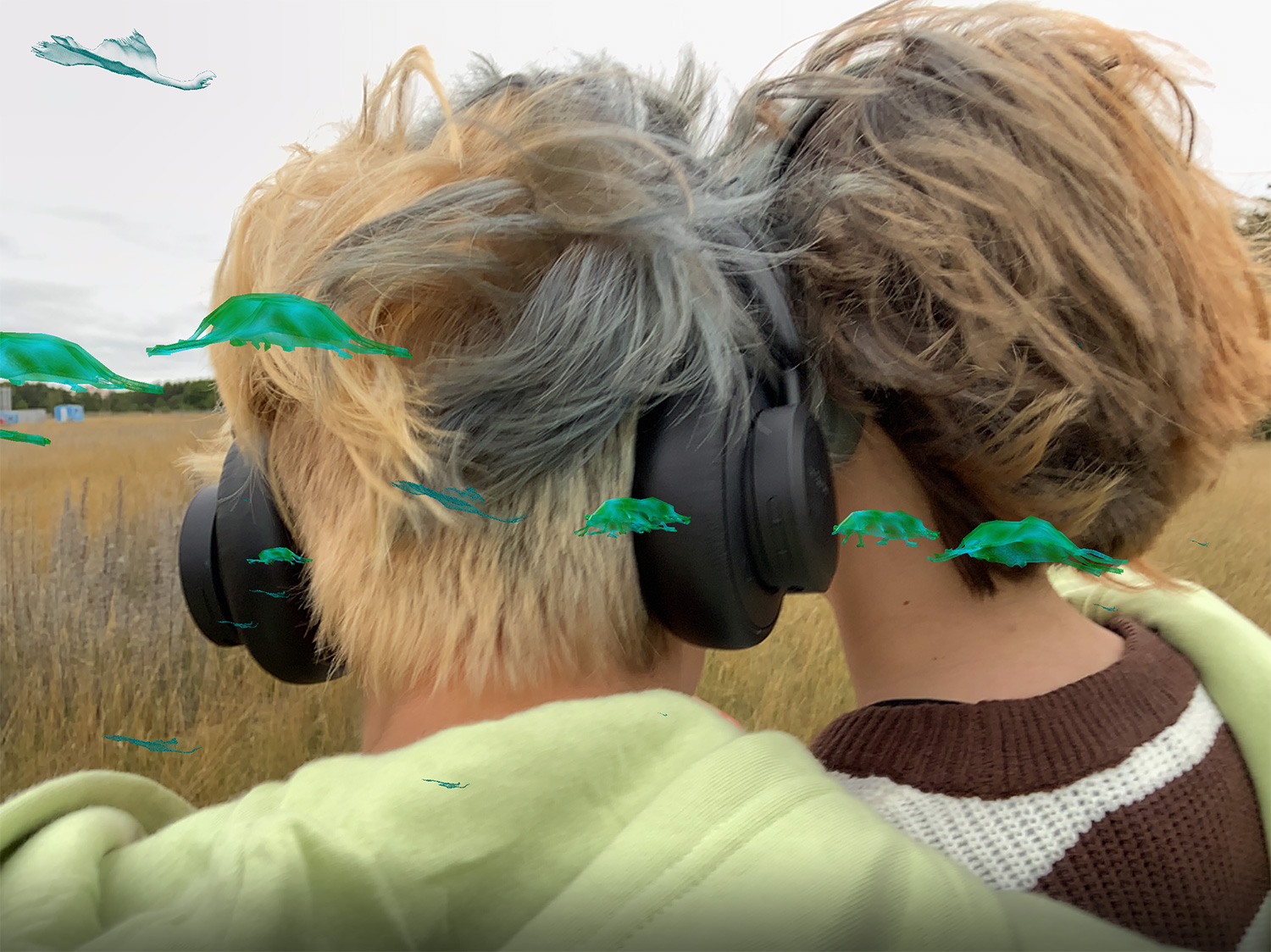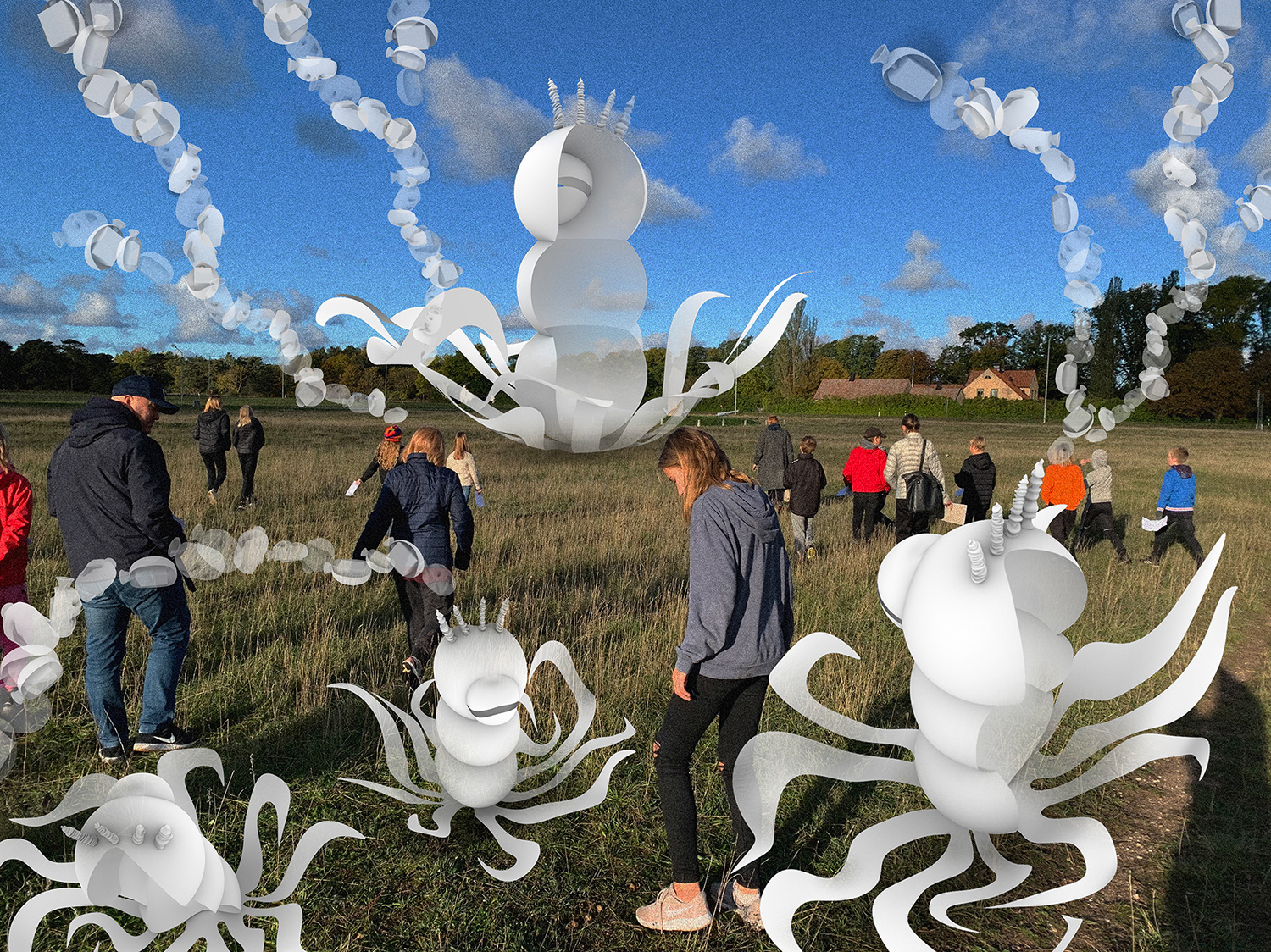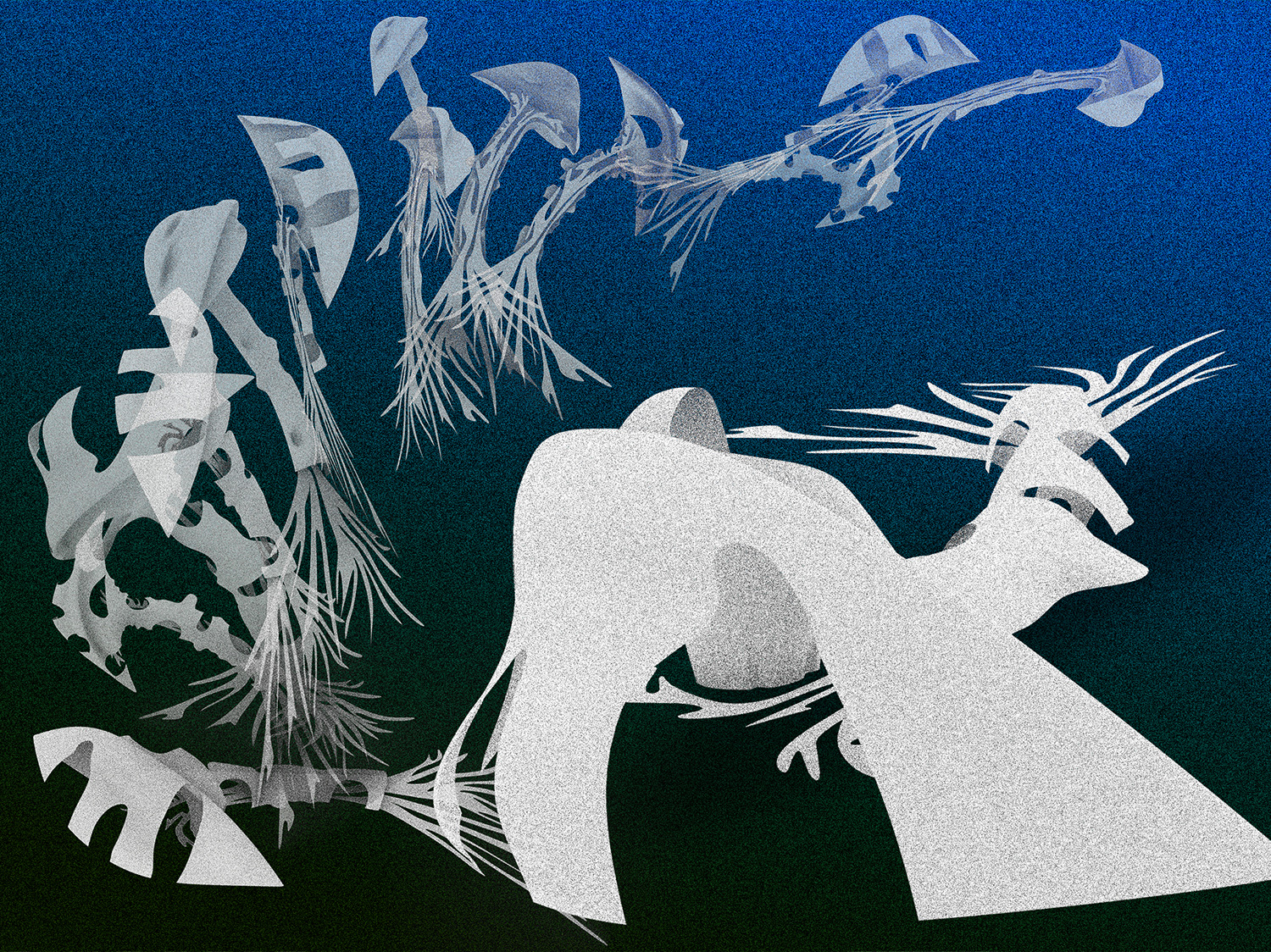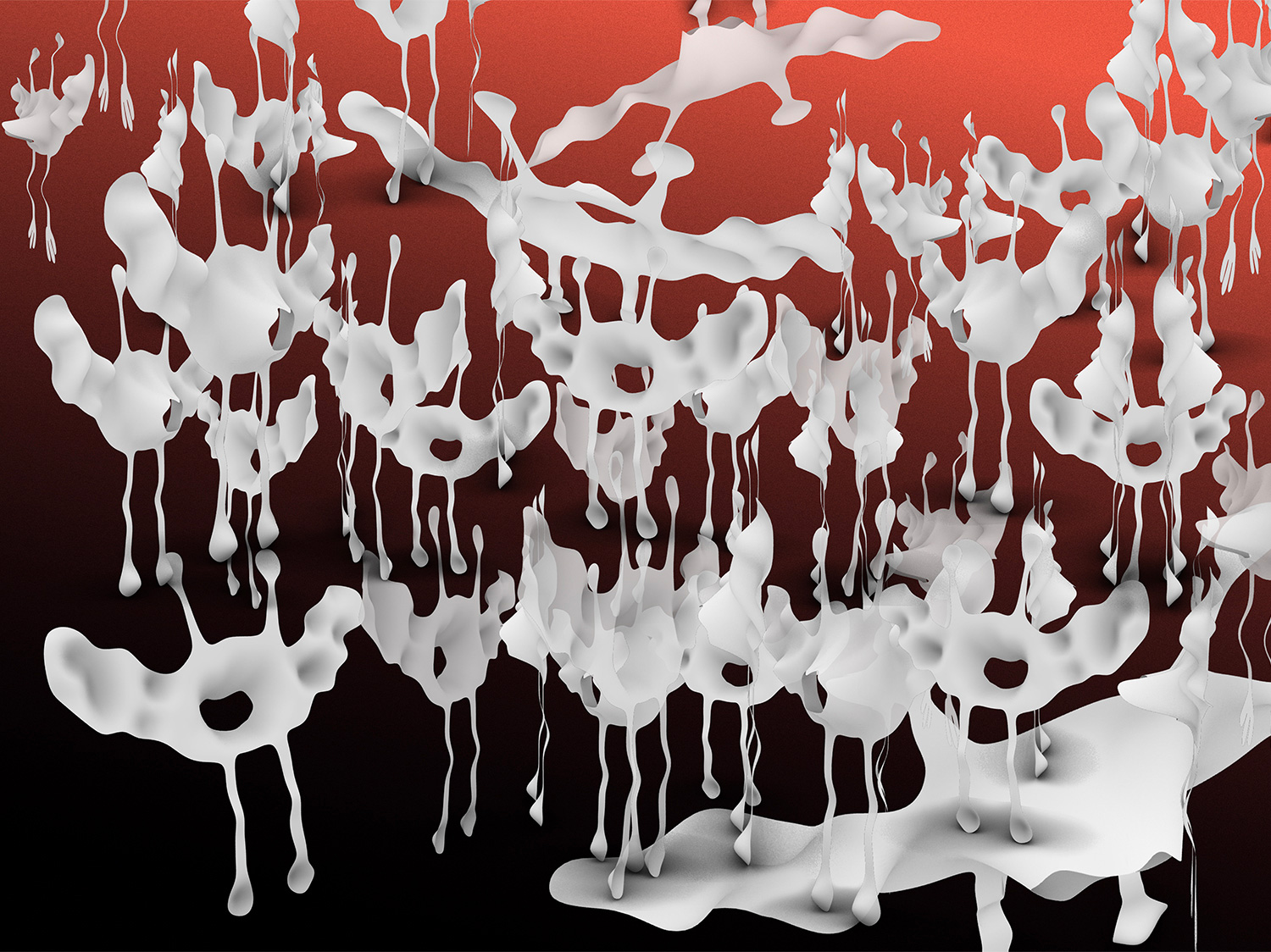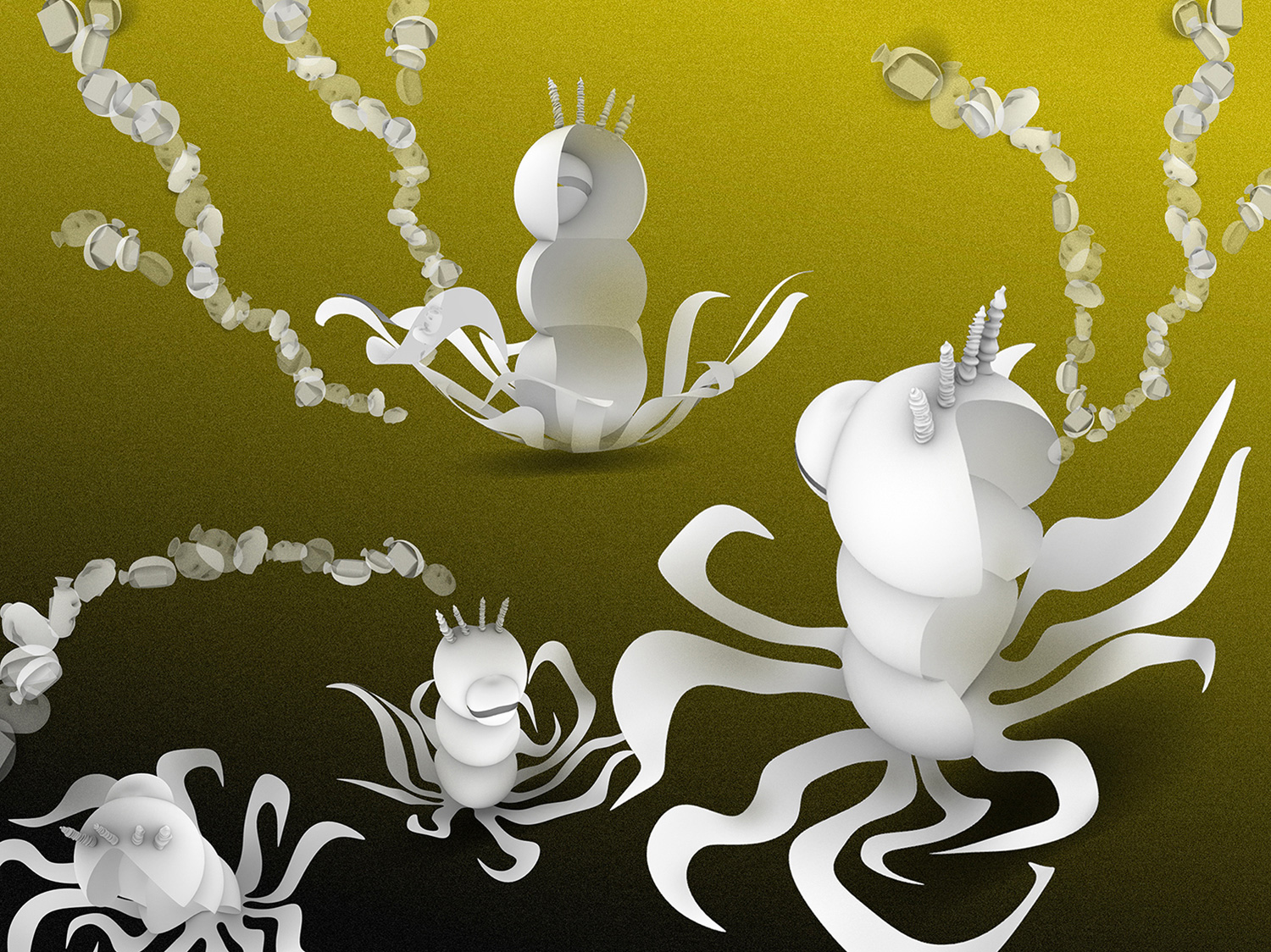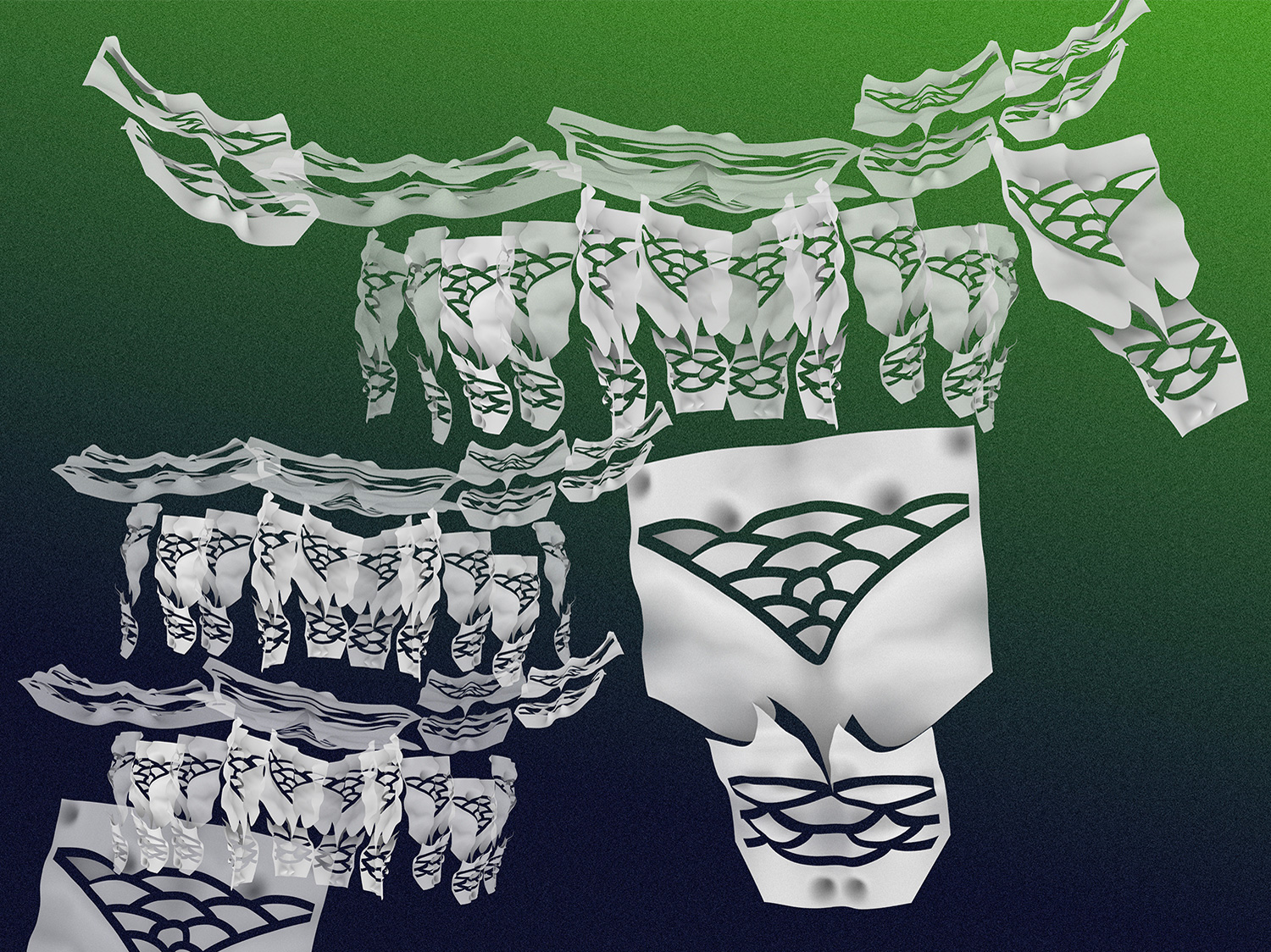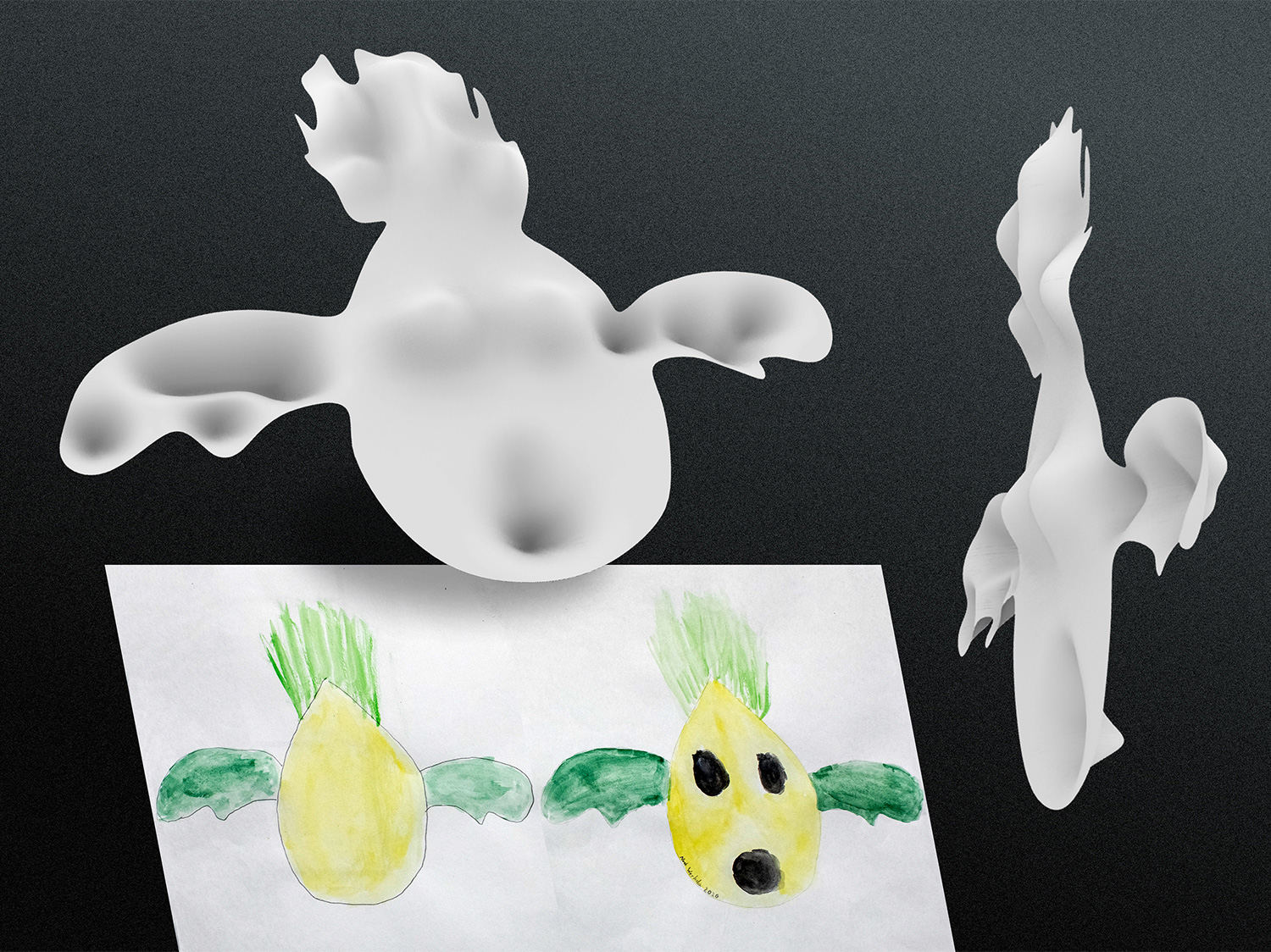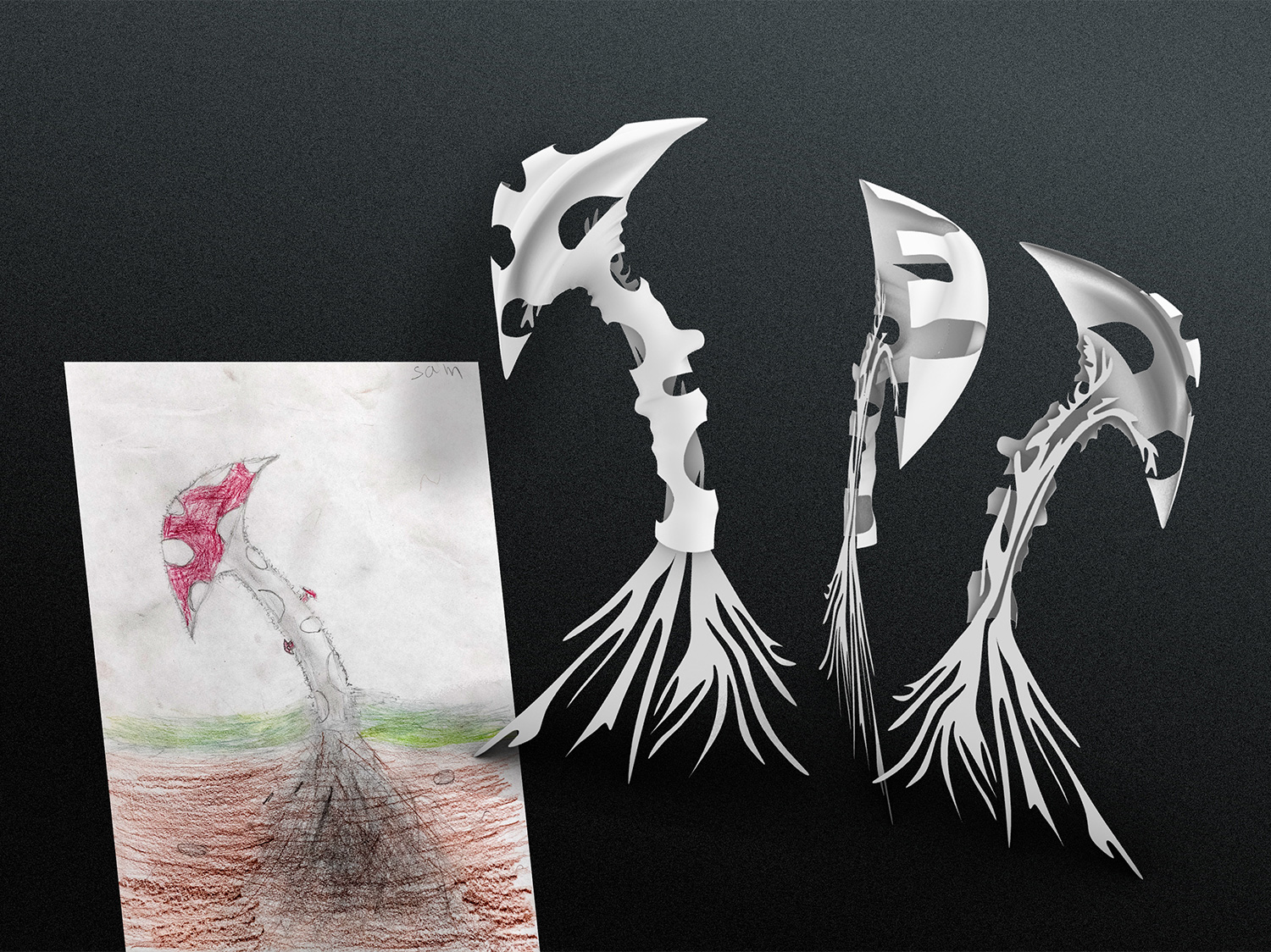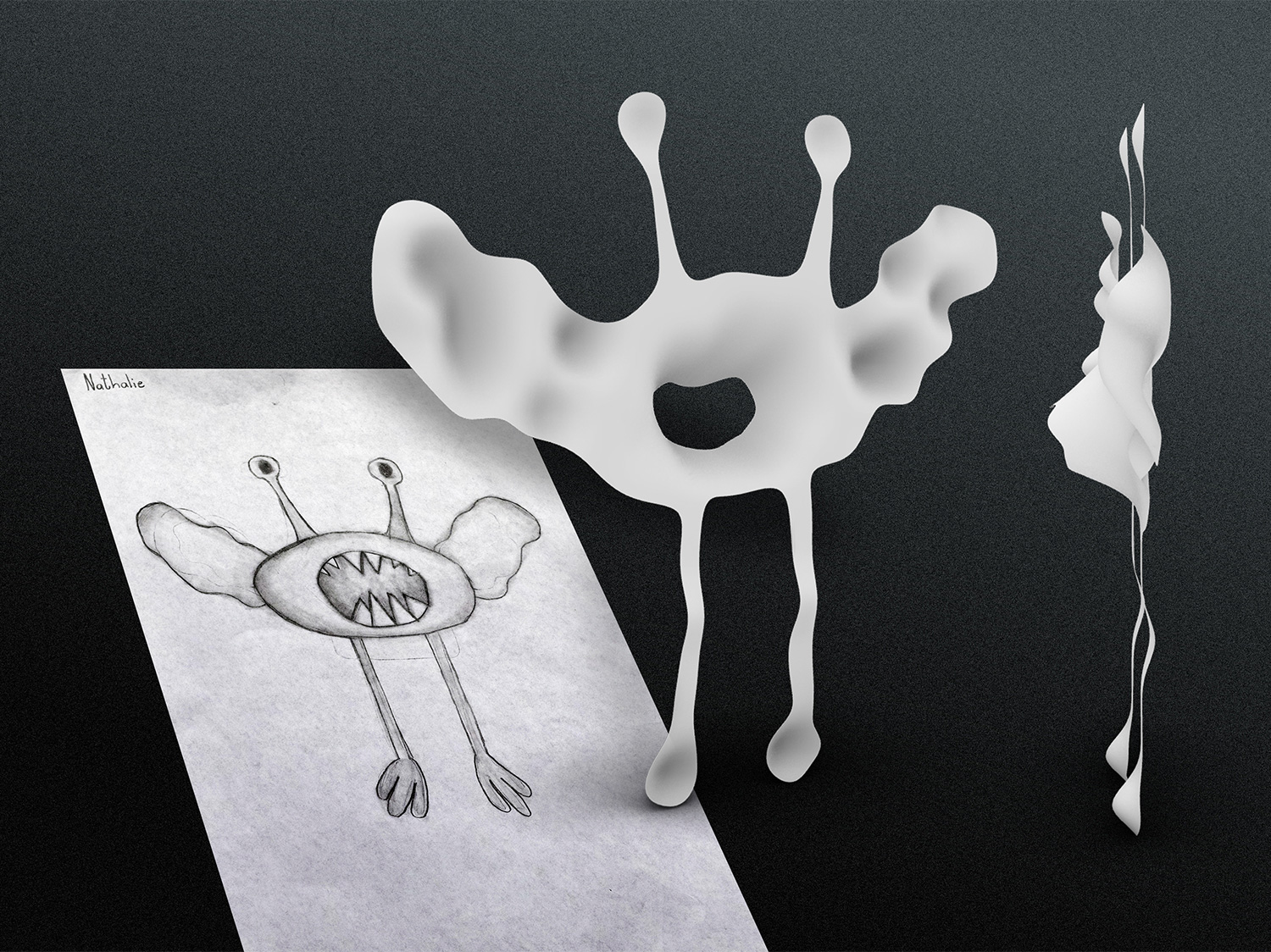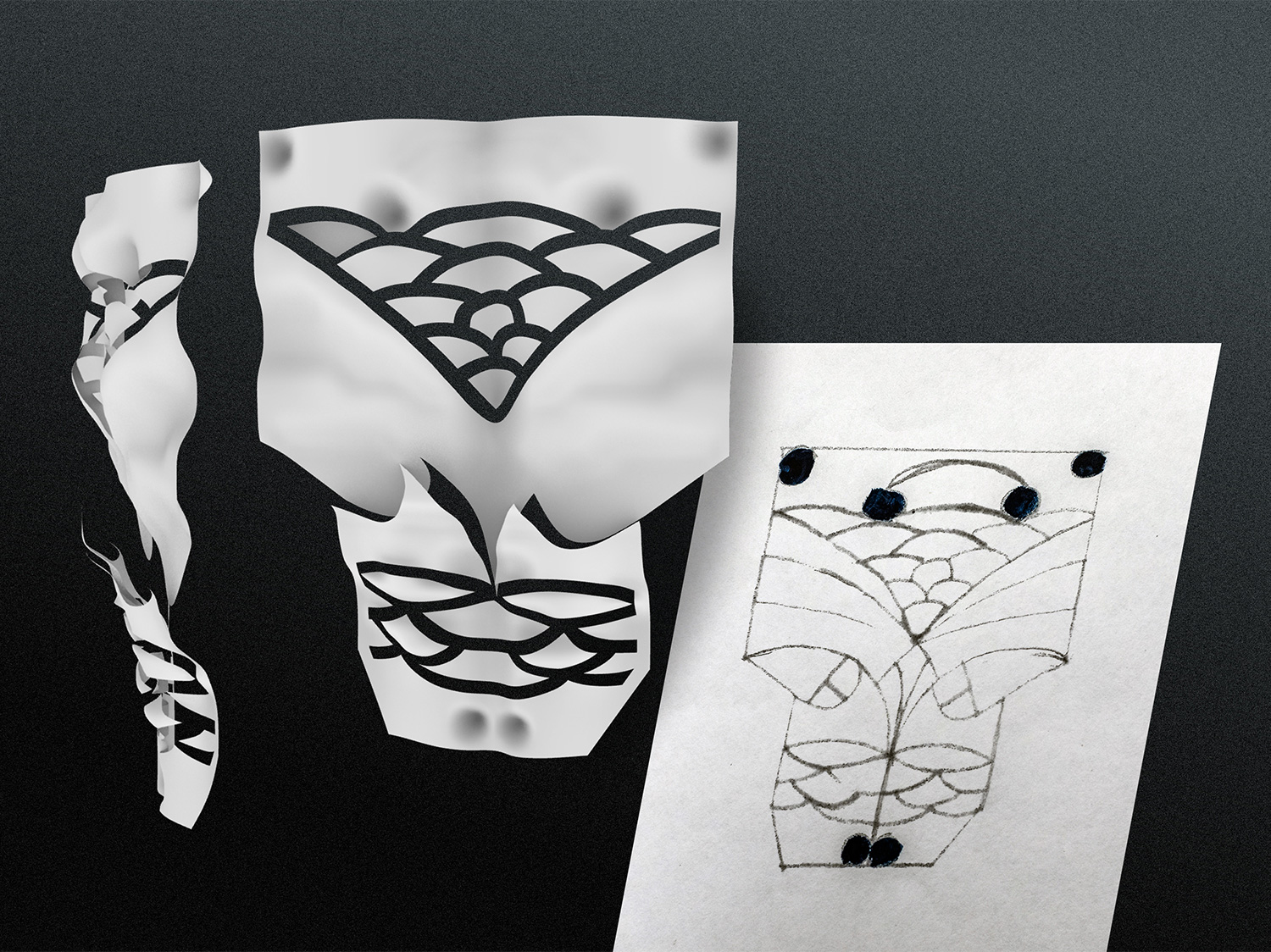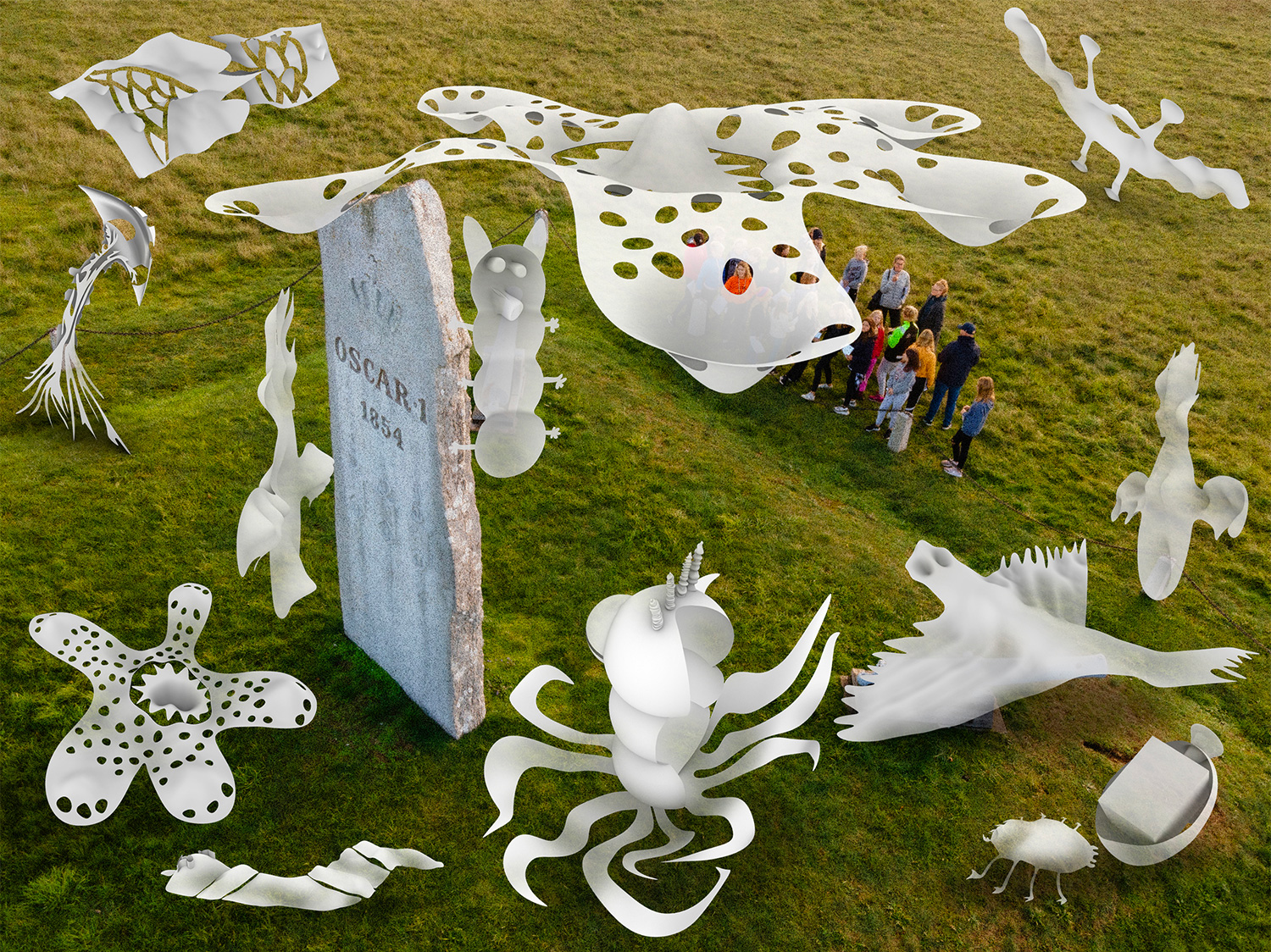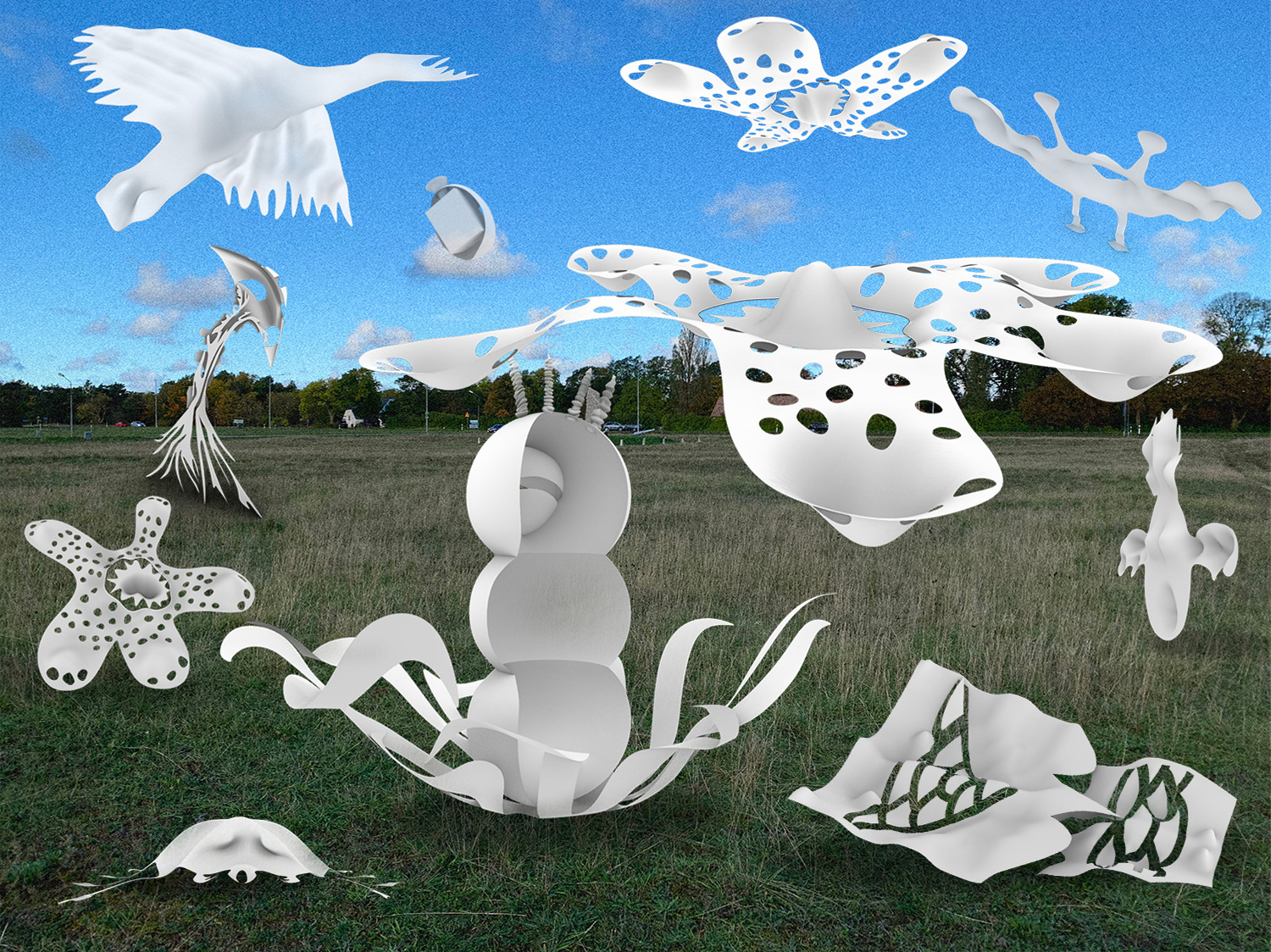Urbonas Studio, 2022
- •
- •
- •
- •
- •
- •
- •
- •
- •
- •
- •
- •
- •
- •
- •
- •
Phosphorus Moss - fifth of the five instruments of the Swamp Observatory, Nomeda & Gediminas Urbonas, 2022. In collaboration with: Atheneskolan Gotland (drawings and sounds), Indrė Umbrasaitė (architecture), Kristupas Sabolius (script), Mouse on Mars (sound compositions), Terry T Kang och Thomas Harriett (programming). Supported by Lithuanian Council for Culture and MIT Center for Art, Science & Technology. Powered by Hoverlay.
The Swamp Observatory - an instrumentarium for change of perspective
The Swamp Observatory is the continuation of a proposal developed by Urbonas Studio (Nomeda and Gediminas Urbonas) as part of New Perspectives Visborg, an urban development project carried out in collaboration with Public Art Agency Sweden, BAC and Region Gotland. The project focuses on the plans for the development of storm-water ponds in northern Visborg. The artists have created a conceptual frame and a digital tool in the form of an app that inhabitants and visitors can use to observe and imagine new species or habitats that the future ponds can bring to life. For many years the artists have worked with the wetland as both, a biological concept and as environment. They see it as a model of coexistence between all the life forms that inhabit it, that we humans can learn from.
With the Augmented Reality technique, the future reality of the Visborg fields is enriched with imaginary, yet unknown species – or monsters, as the artists prefer to call them – that have been created together with pupils from the Athene school. The surrounding environment is conceptually composed of five larger scenes with themes of carbon, sulphur, methane, nuclear and phosphorus. In the AR experience, the monsters flock around the scenes along the route. The user / explorer can search for and follow them in their hiding places around imaginary ponds, while being led to discover short stories and engage in experiences as they unfold through sounds and monster’s messages.
The Swamp Observatory’s digital instrument is built on participation and co-creation processes. It is a playful and pedagogical tool to engage with complex urban development processes and to imagine new and sustainable ”social biotopes”. The project inspires thoughts about the importance of the lost wetlands of Gotland and their recovery in a time of global climate change.
The artists will present their creative process and launch the app The Swamp Observatory as part of the exhibition Out of the Sky, into the Earth at the Gotland Art Museum and in the Visborg field August 27th – September 11th.
was founded by artists and educators Nomeda & Gediminas Urbonas, based in Cambridge, Massachusetts and Vilnius, Lithuania. Urbonas Studio is an interdisciplinary research practice that facilitates exchange amongst diverse nodes of knowledge production and artistic practice in pursuit of projects that transform civic spaces and collective imaginaries. Urbonas are researching and teaching at the Massachusetts Institute of Technology, USA.
